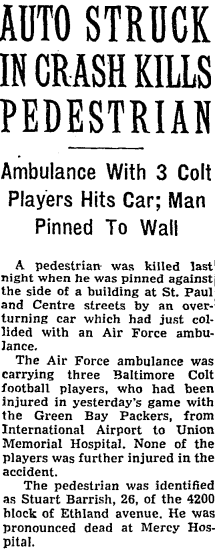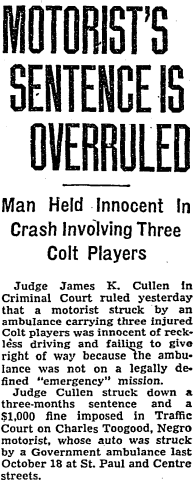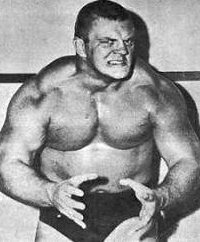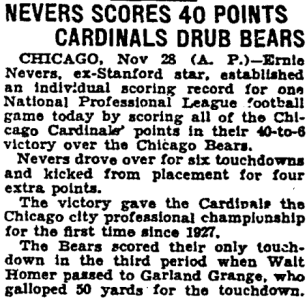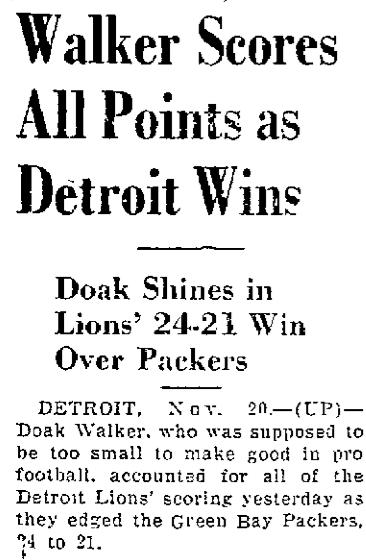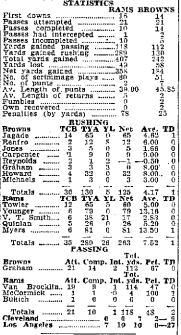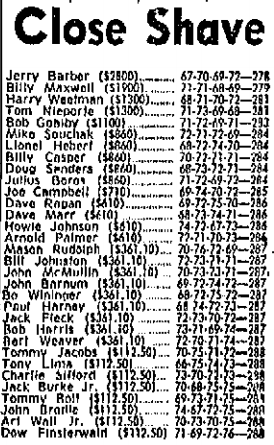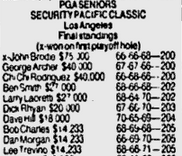In today’s 28-26 loss to the Rams, the Seahawks’ Russell Wilson became the first NFL quarterback to throw for 300 yards and rush for 100 in the same game. Pretty cool (except for the defeat, of course).
You know what’s almost as cool? The QB who came closest before Wilson was Browns Hall of Famer Otto Graham, and the game Graham nearly did it in was the 1950 title game. Check out the box score for yourself. Otto had 298 yards passing and 99 rushing, which left him just 3 yards short.
This is from Harry Jones’ story in the Cleveland Plain Dealer the next day:
At a locker nearby, Graham was stripping off his jersey. It was plain to see that he had taken a physical beating from the huge Los Angeles linemen who had knocked him down repeatedly. His face displayed cuts and bruises, and he limped on a twisted knee.
“Somebody hit me in the back toward the end of the first half,” Otto said. “I thought I was going to fold up right there. My knee buckled, but luckily it didn’t stiffen up. It’s just getting stiff now. It’ll probably be plenty sore tomorrow.”
If you’re interested in a visual, here’s Graham scrambling for a 22-yard gain to the Rams 31:
Just a tremendous player — as is Wilson.
QBS WHO CAME CLOSEST TO 300 YARDS PASSING, 100 RUSHING IN SAME GAME
[table]
Date,Quarterback\, Team,Opponent,Pass,Rush,Missed By
12-24-50,Otto Graham\, Browns,Rams,298,99,3
12-18-89,Randall Cunningham\, Eagles*,Saints,306,92,8
10-9-11,Michael Vick\, Eagles*,Bills,315,90,10
12-9-12,Cam Newton\, Panthers,Falcons,287,116,13
10-8-00,Rich Gannon\, Raiders,49ers,310,85,15
10-12-14,Cam Newton\, Panthers,Bengals,284,107,16
10-20-13,Robert Griffin III\, Redskins,Bears,298,84,18
11-3-13,Terrell Pryor\, Raiders*,Eagles,288,94,18
11-15-10,Michael Vick\, Eagles,Redskins,333,80,20
[/table]
*Lost game.

